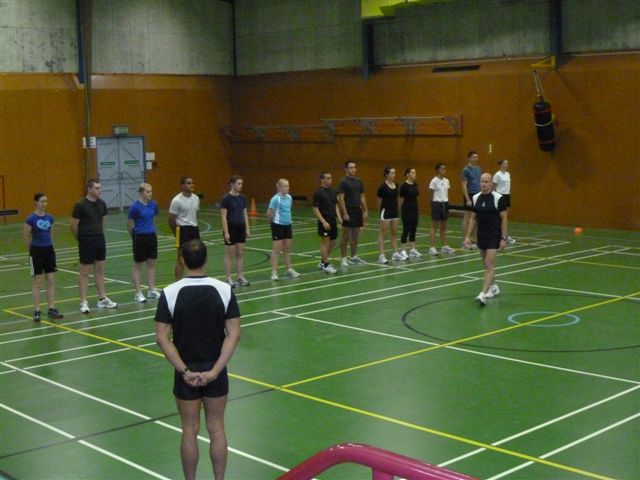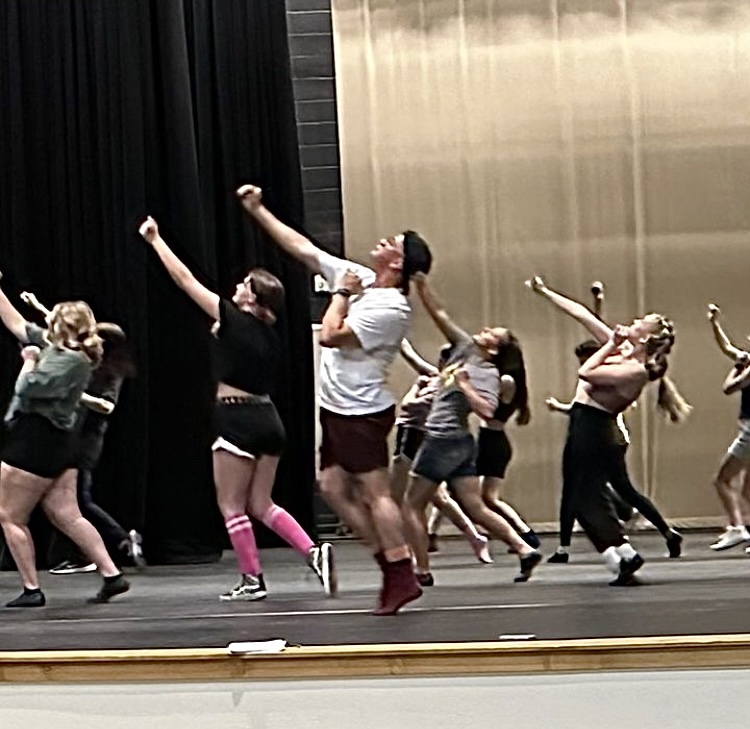The Pacer Test is a fitness test that measures your aerobic capacity and endurance. It involves running back and forth between two points, with the speed increasing as the test progresses. It’s commonly used in schools to assess students’ fitness levels. The issue is that it is a flawed way of assessing students abilities for a multitude of reasons.
Firstly, the Pacer test assumes that everyone has the same level of athletic ability, which isn’t always the case. We all have different strengths and weaknesses when it comes to physical fitness. Some people may not be naturally inclined towards running or have difficulty with endurance exercises. It doesn’t take into account individual differences and abilities. It’s a standardized test that expects everyone to perform at the same level. This can be demoralizing and discouraging for those who struggle to keep up with their more athletic peers. Additionally, the Pacer test focuses primarily on cardiovascular endurance and doesn’t provide a comprehensive assessment of overall fitness. It doesn’t consider other important aspects like strength, flexibility, and coordination, which are equally valuable in assessing one’s physical abilities. It’s important to recognize that the Pacer test primarily measures cardiovascular endurance and not overall fitness or athletic ability. Grading students solely on this one aspect can be unfair and misleading. It fails to take into account other important aspects of physical health and fitness, such as strength, flexibility, and coordination.
The Pacer test is often conducted in a group setting, which can create a sense of pressure and competition. For those who struggle with running or have lower fitness levels, the fear of not being able to keep up with their peers can be overwhelming. This fear of judgment and comparison can lead to increased stress and anxiety. Secondly, the Pacer test is a timed test where individuals have to continuously run back and forth to the rhythm of the beeps. This can create a sense of urgency and performance anxiety, as individuals feel the pressure to reach a certain level or keep up with the increasing pace. This constant pressure and fear of not meeting expectations can contribute to heightened stress and anxiety levels. Moreover, the Pacer test is often seen as a measure of one’s fitness and athletic ability. For individuals who may not identify as athletic or who struggle with physical activities, the test can trigger feelings of inadequacy and self-doubt. This fear of failure and the negative impact it may have on their self-esteem can further contribute to stress and anxiety. Secondly, grading students based on the Pacer test can create a negative and competitive environment. It places an emphasis on comparison and ranking, which can lead to increased stress and anxiety among students. This pressure to perform well can discourage students who may not excel in cardiovascular endurance but may excel in other areas of physical activity.
Additionally, grading based solely on the Pacer test fails to consider individual differences and varying levels of physical fitness. Students have different body types, abilities, and backgrounds, and it’s important to acknowledge and respect these differences. Using a one-size-fits-all approach to grading can be demotivating and unfair to students who may have different strengths and areas of improvement. Furthermore, grading students solely on the Pacer test can have a negative impact on students’ self-esteem and self-worth. Students who struggle with the test may feel discouraged and develop a negative perception of their own abilities. This can lead to a decrease in motivation and engagement in physical activity, which is counterproductive to the goal of promoting a healthy and active lifestyle.
It’s important to remember that we all have different strengths and weaknesses when it comes to fitness. Instead of focusing on just one test, it would be great to have a more comprehensive approach to assessing physical fitness that takes into account different factors like strength, flexibility, and coordination.





















































